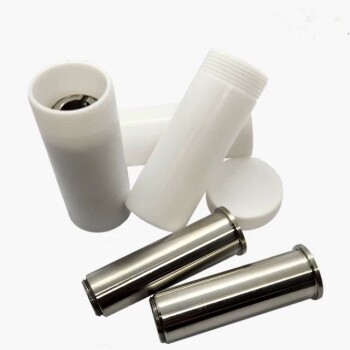The outlook for pyrolysis oil is highly promising, driven by its potential as a sustainable alternative fuel source and its versatility across various industrial applications. With ongoing advancements in upgrading techniques, pyrolysis oil is becoming more economically competitive and suitable for broader commercial use, including energy and transportation sectors. The market is witnessing significant growth, with commercial-scale production plants already operational and more planned in the near future. By 2018, production was expected to exceed 500,000 tons annually, and the oil is competitively priced with conventional fuel oils in many markets. Its applications span industries such as cement, brick, ceramic, and power generation, and it can also be reprocessed into diesel for higher-value uses. Additionally, pyrolysis oil aligns with sustainability goals, offering reduced storage costs and ease of handling. Overall, the future of pyrolysis oil is bright, with expanding production capacities and increasing adoption across diverse sectors.
Key Points Explained:

-
Versatility and Applications:
- Pyrolysis oil is widely used across industries such as cement factories, brick factories, ceramic factories, power plants, and shipbuilding as an alternative fuel.
- It can be used in diesel engines, power generation units, and large power plants, serving as a substitute for conventional fuel oils.
- The oil can also be reprocessed into diesel, expanding its applications and increasing profitability.
-
Market Growth and Production:
- The market outlook for pyrolysis oil is positive, with commercial-sized plants already operational and more planned for the near future.
- By 2018, production was expected to exceed 500,000 tons per year, reflecting significant growth in the sector.
- The competitive pricing of pyrolysis oil compared to conventional fuel oils enhances its market appeal.
-
Economic Competitiveness:
- Pyrolysis oil is competitively priced with fuel oil in many markets, making it an attractive alternative.
- Its ease of handling and reduced storage costs further contribute to its economic viability.
-
Advancements in Upgrading Techniques:
- Continued advancements in upgrading techniques are improving the quality of pyrolysis oil, making it more suitable for broader commercial applications.
- These advancements enhance its potential for use as an engine fuel and in other high-value applications.
-
Sustainability and Environmental Benefits:
- Pyrolysis oil aligns with sustainability goals by providing a renewable alternative to fossil fuels.
- Its use reduces reliance on conventional fuel oils, contributing to lower carbon emissions and environmental impact.
-
Regulatory and Standardization Support:
- Pyrolysis oil is regulated by the ASTM D7544 standard, which supports its use as a substitute for conventional fuel oils in stationary applications.
- This standardization facilitates its integration into existing infrastructure and promotes wider adoption.
-
Potential for Upgrading and Refining:
- Pyrolysis oil has potential for upgrading in refinery infrastructure to produce hydrocarbon fuels or chemicals and materials.
- This capability enhances its value and opens up new market opportunities.
-
Global Adoption and Industrial Use:
- The oil is already being used in industries such as iron plants, power plants, and brick plants, demonstrating its practicality and acceptance.
- Its adoption in diverse sectors highlights its versatility and potential for further growth.
In summary, the outlook for pyrolysis oil is highly favorable, driven by its versatility, economic competitiveness, and alignment with sustainability goals. With ongoing advancements and increasing production capacities, pyrolysis oil is poised to play a significant role in the global energy landscape.
Summary Table:
| Key Aspect | Details |
|---|---|
| Applications | Cement, brick, ceramic, power generation, and diesel reprocessing. |
| Market Growth | Production exceeded 500,000 tons/year by 2018; more plants planned. |
| Economic Competitiveness | Competitively priced with fuel oil; reduced storage and handling costs. |
| Sustainability Benefits | Renewable alternative; lowers carbon emissions and environmental impact. |
| Regulatory Support | ASTM D7544 standard supports use in stationary applications. |
| Upgrading Potential | Can be refined into hydrocarbon fuels, chemicals, and materials. |
| Global Adoption | Used in iron plants, power plants, and brick plants; expanding applications. |
Discover how pyrolysis oil can transform your energy solutions—contact us today to learn more!












